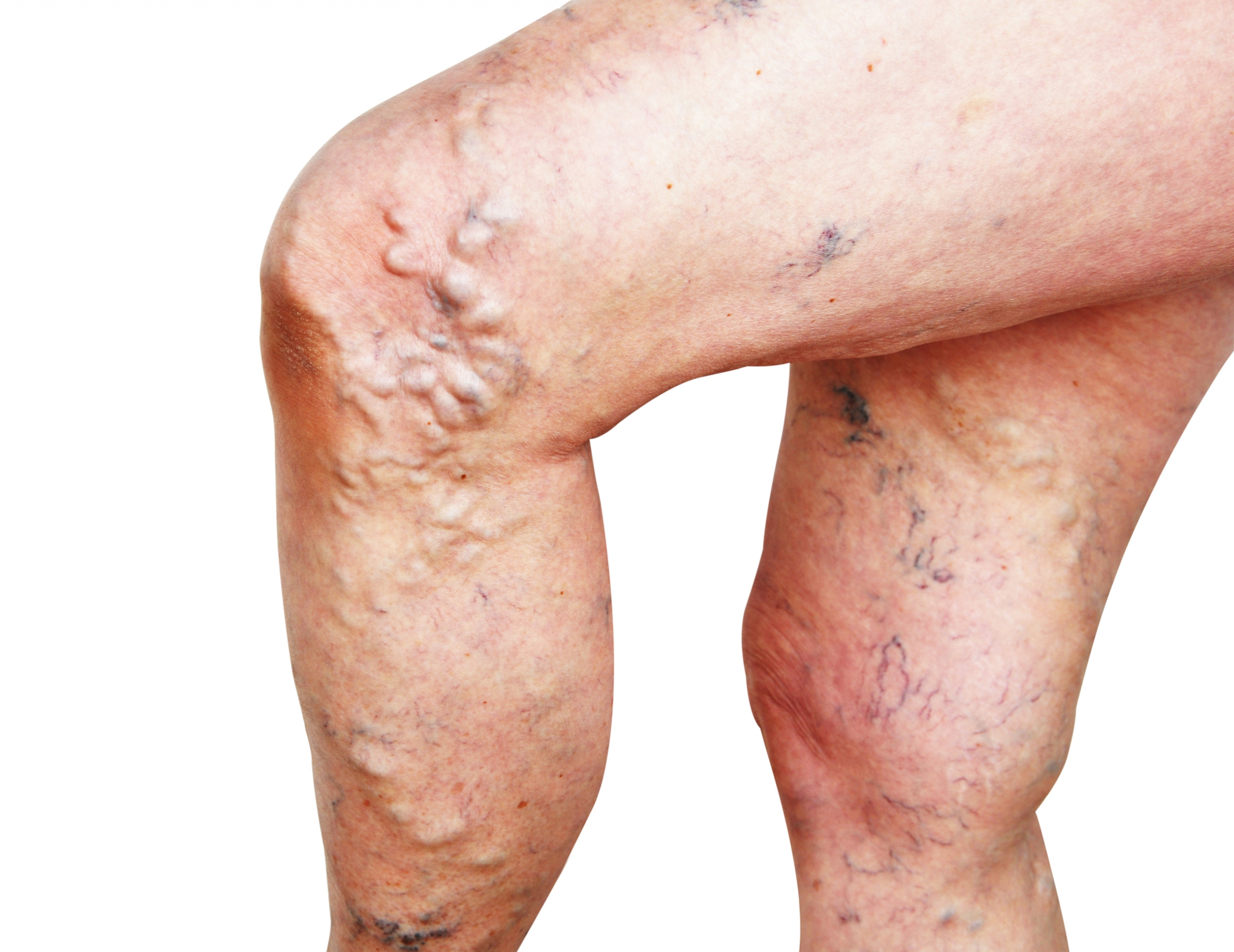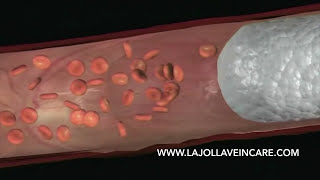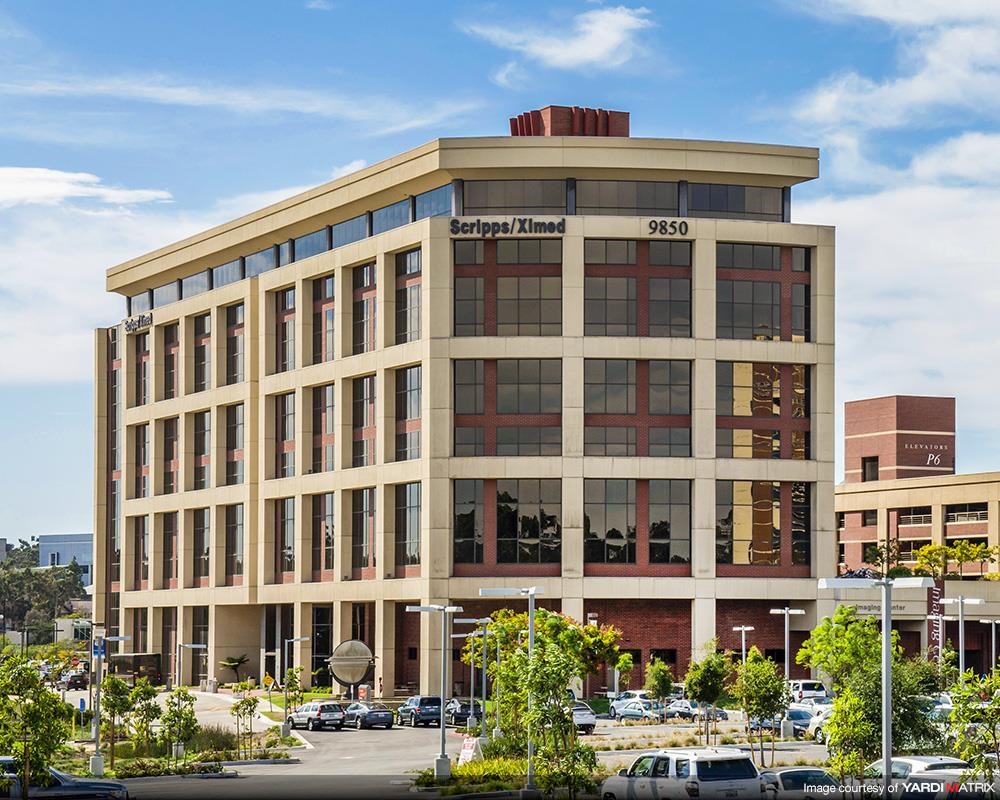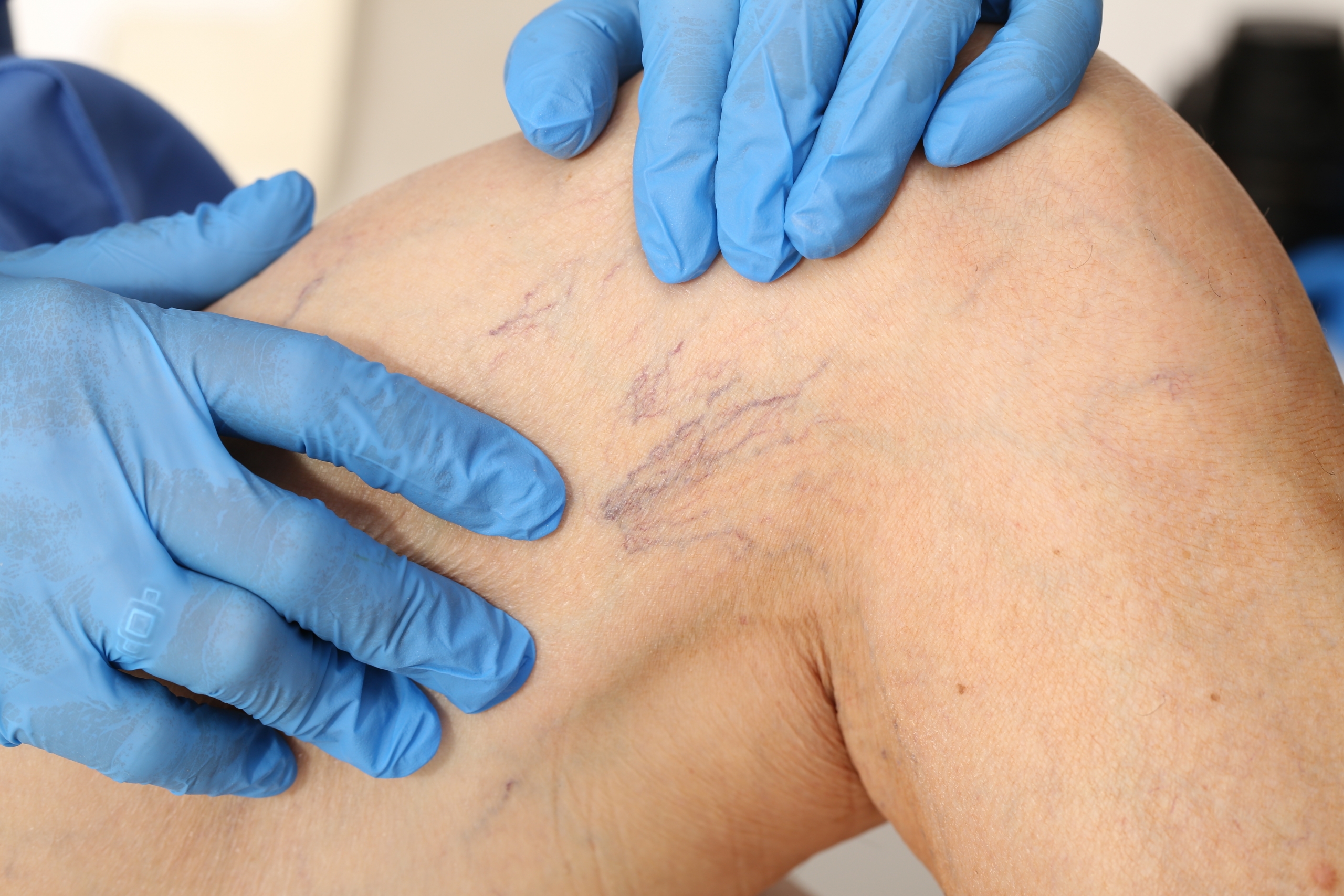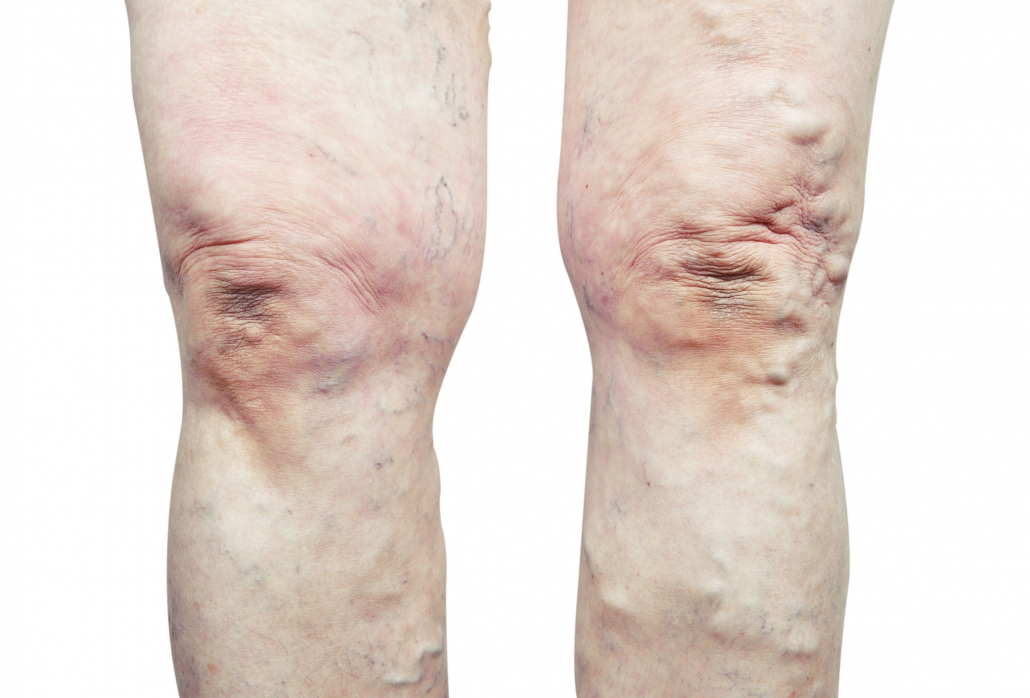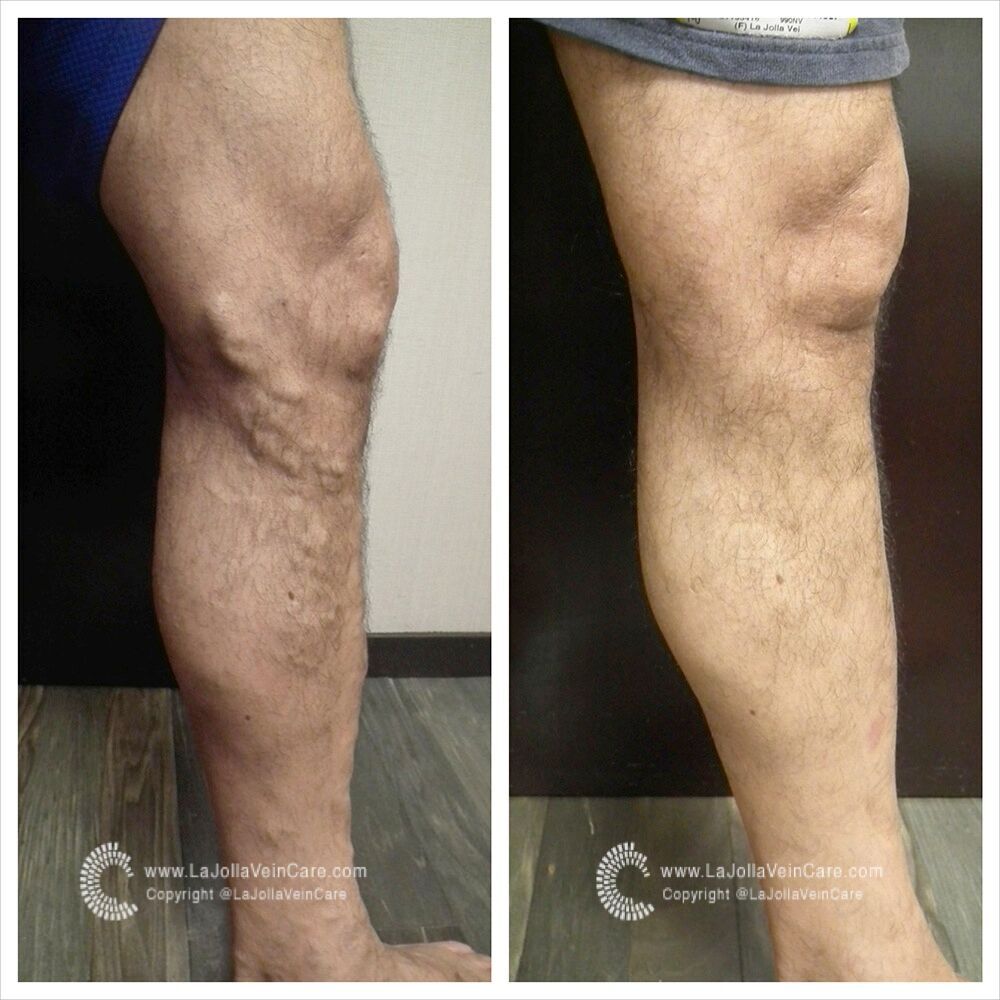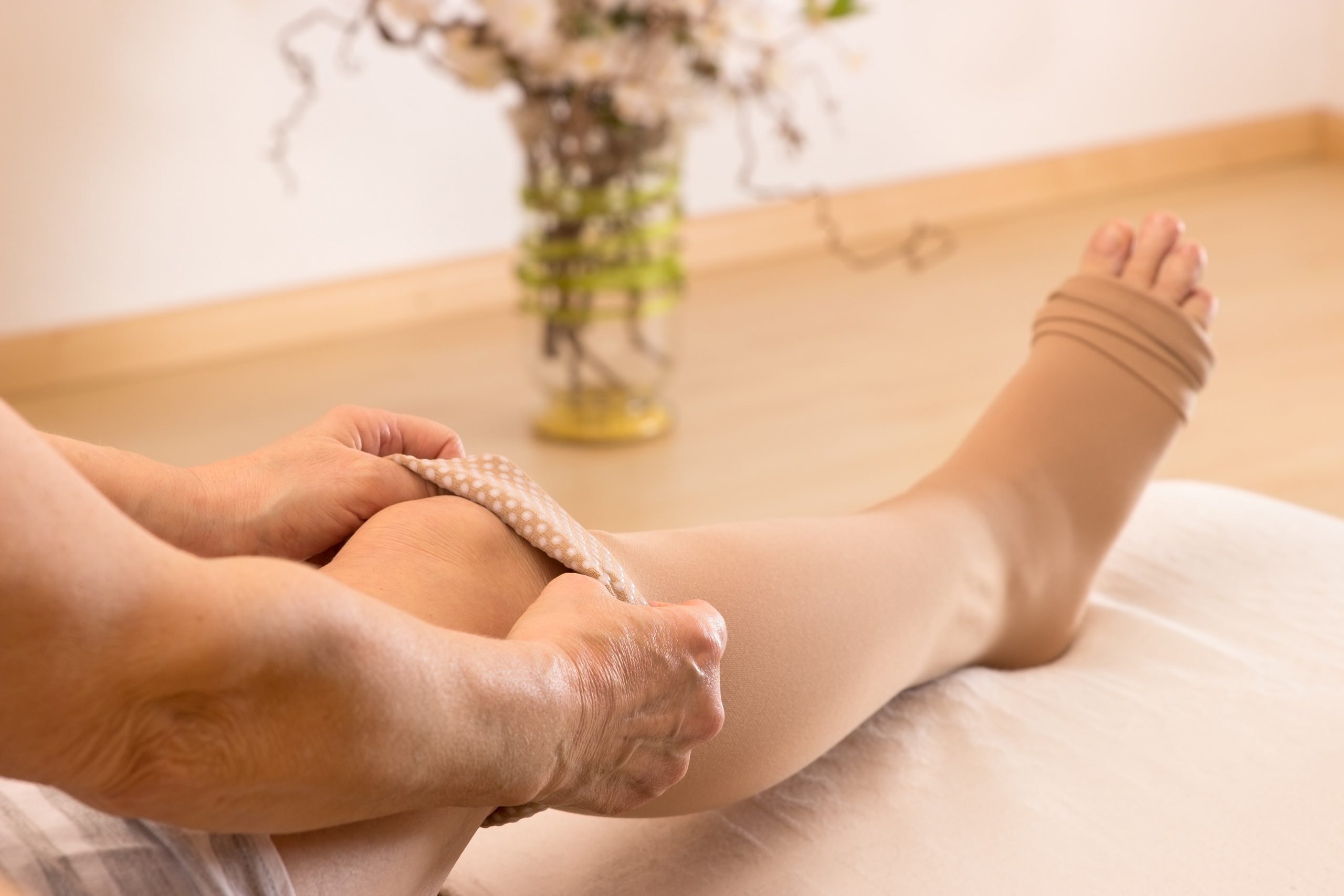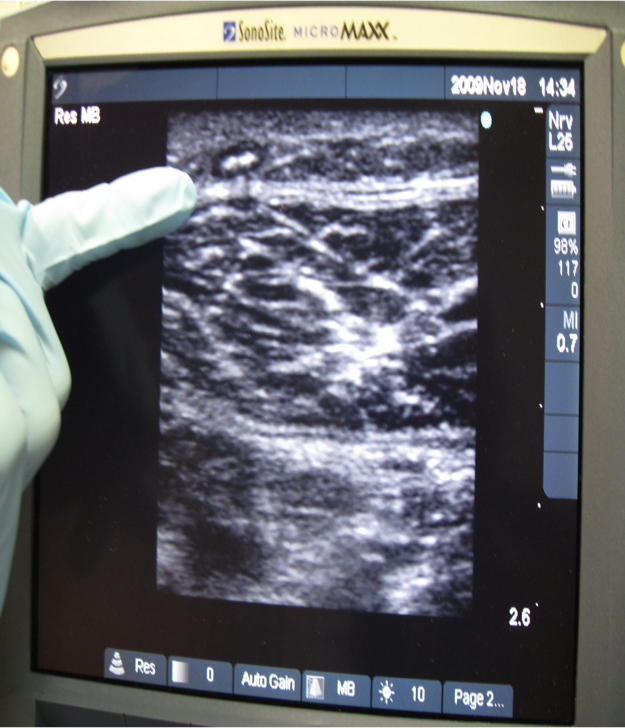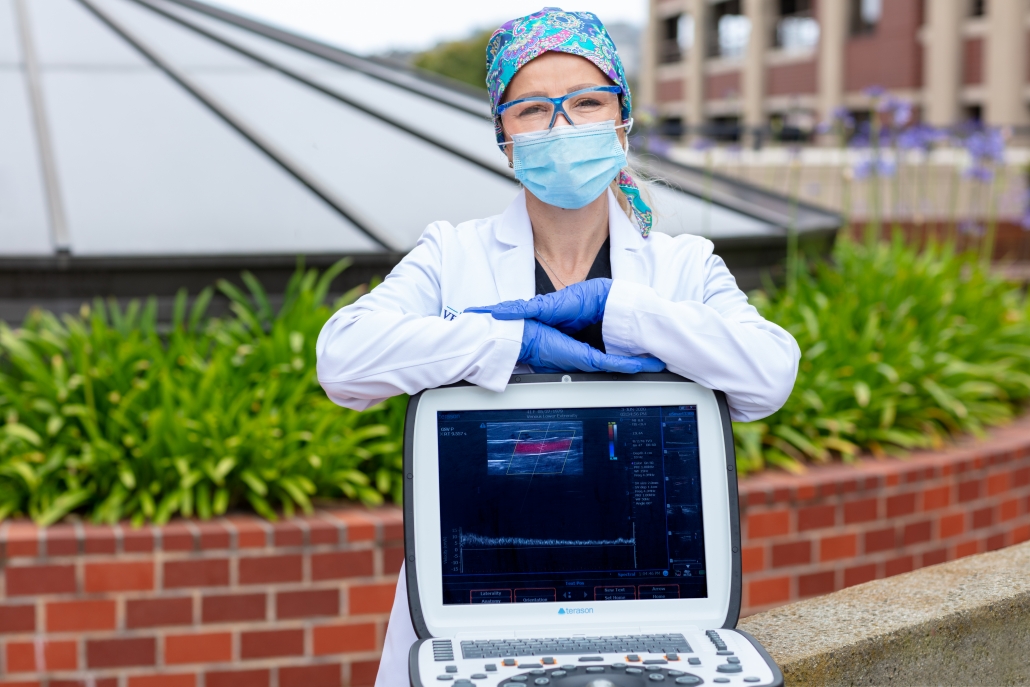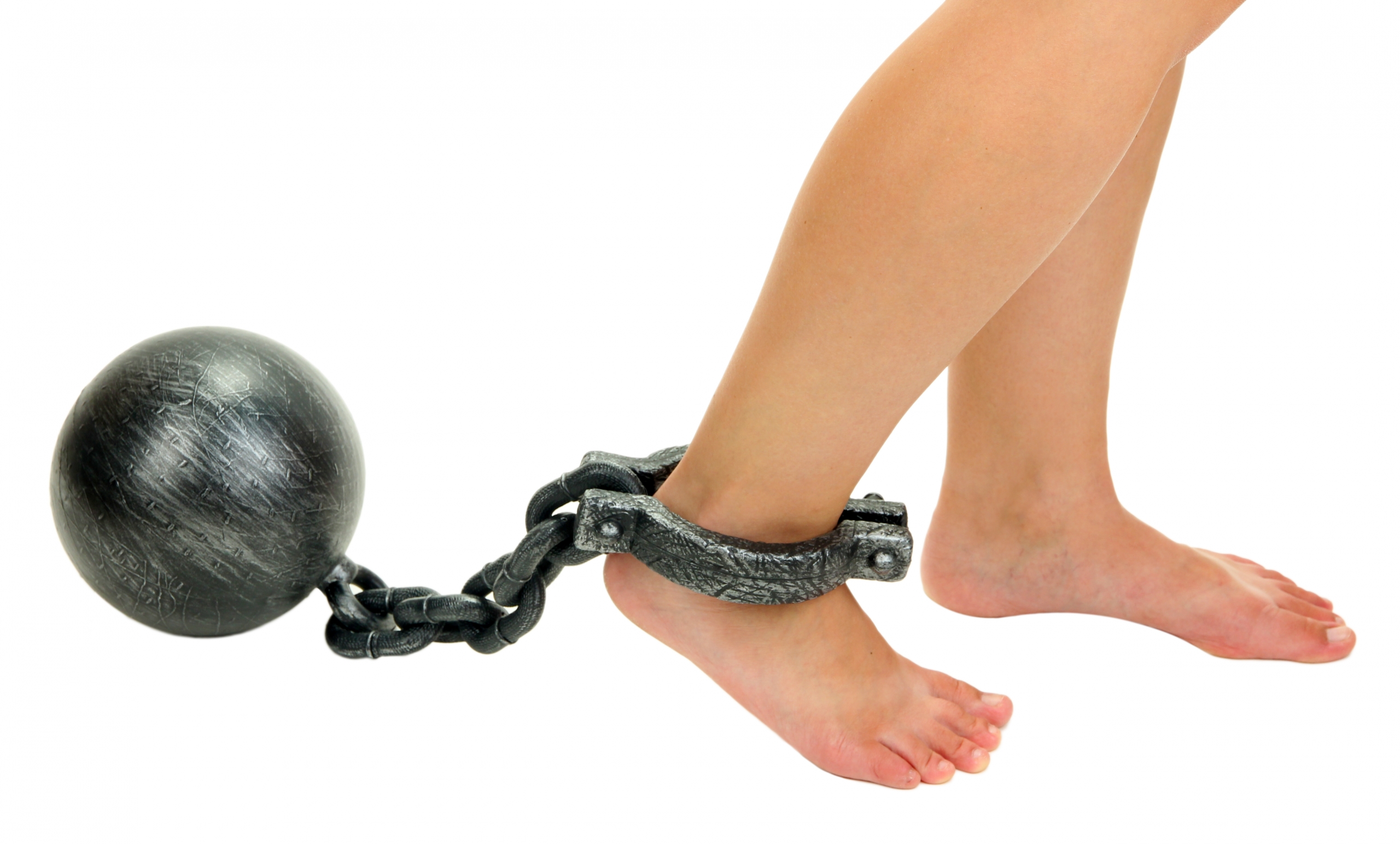What Causes Varicose Veins?
Nisha Bunke2022-01-03T13:11:26-08:00WHY ME?
Who gets varicose veins and why.
Both women and men can develop vein disorders at any age. It can affect the healthiest of individuals, but there are some conditions that increase your risk of developing varicose veins. They are mostly inherited; if both of your parents had varicose veins, you have a 90% chance of […]

